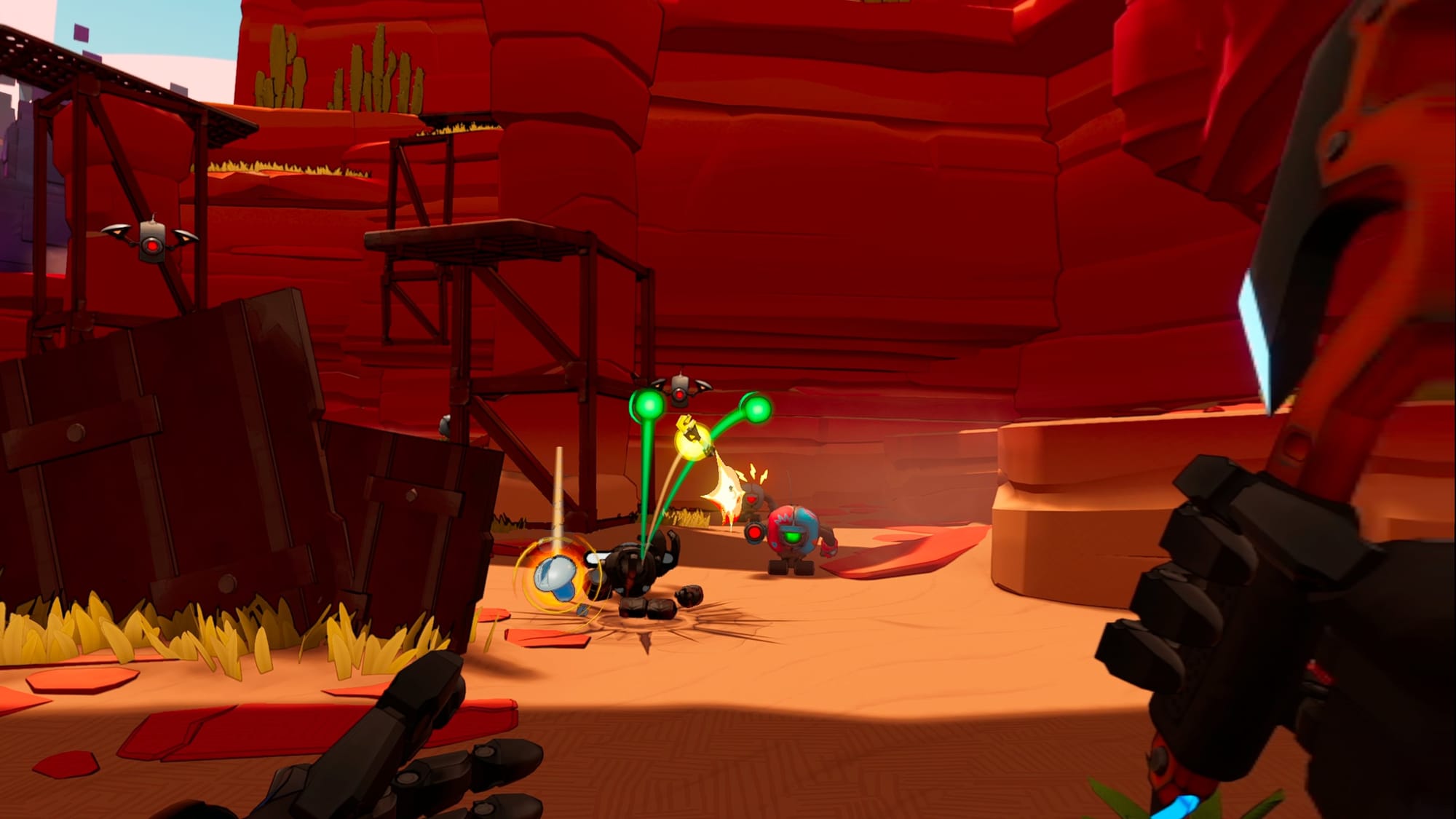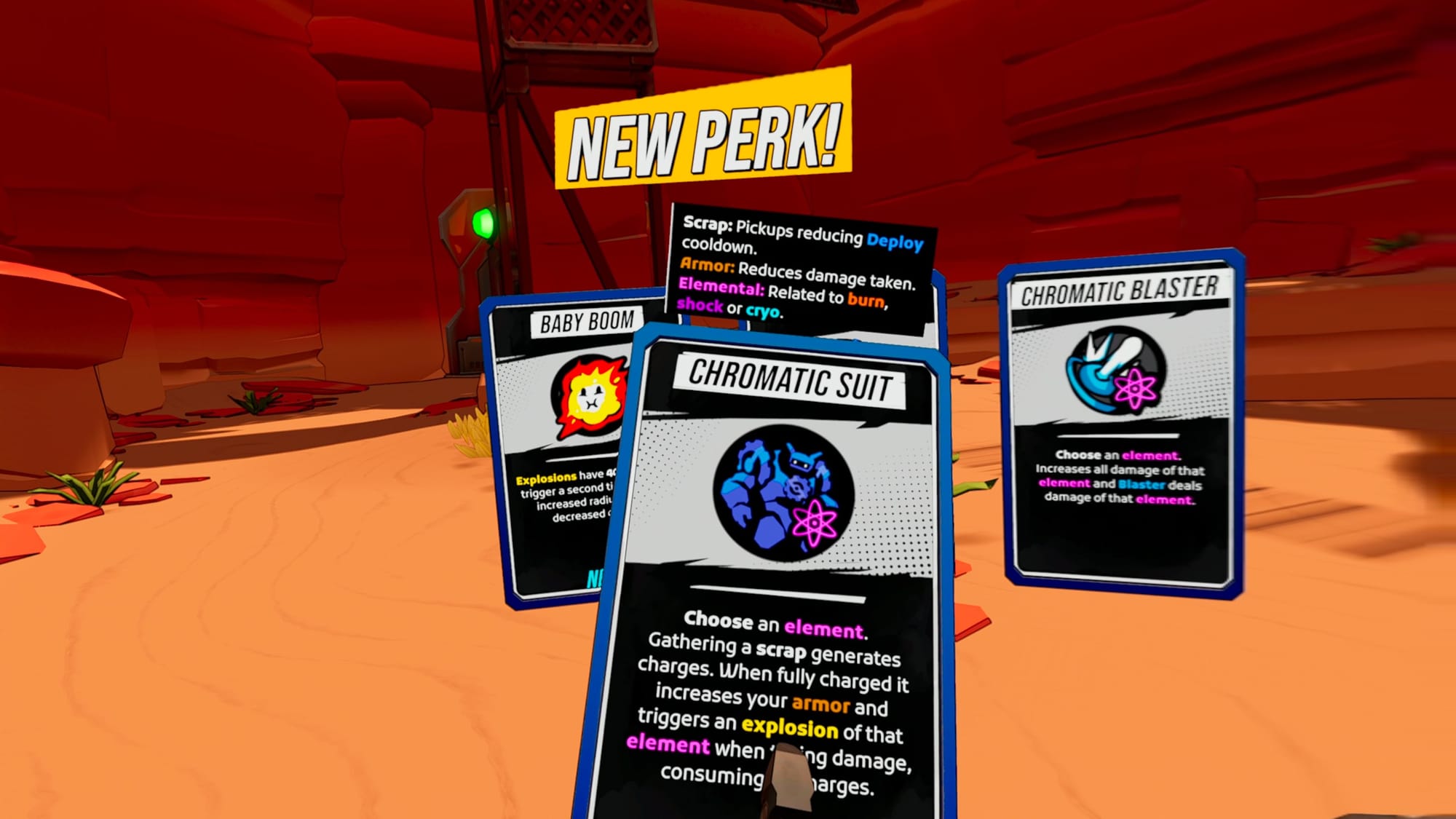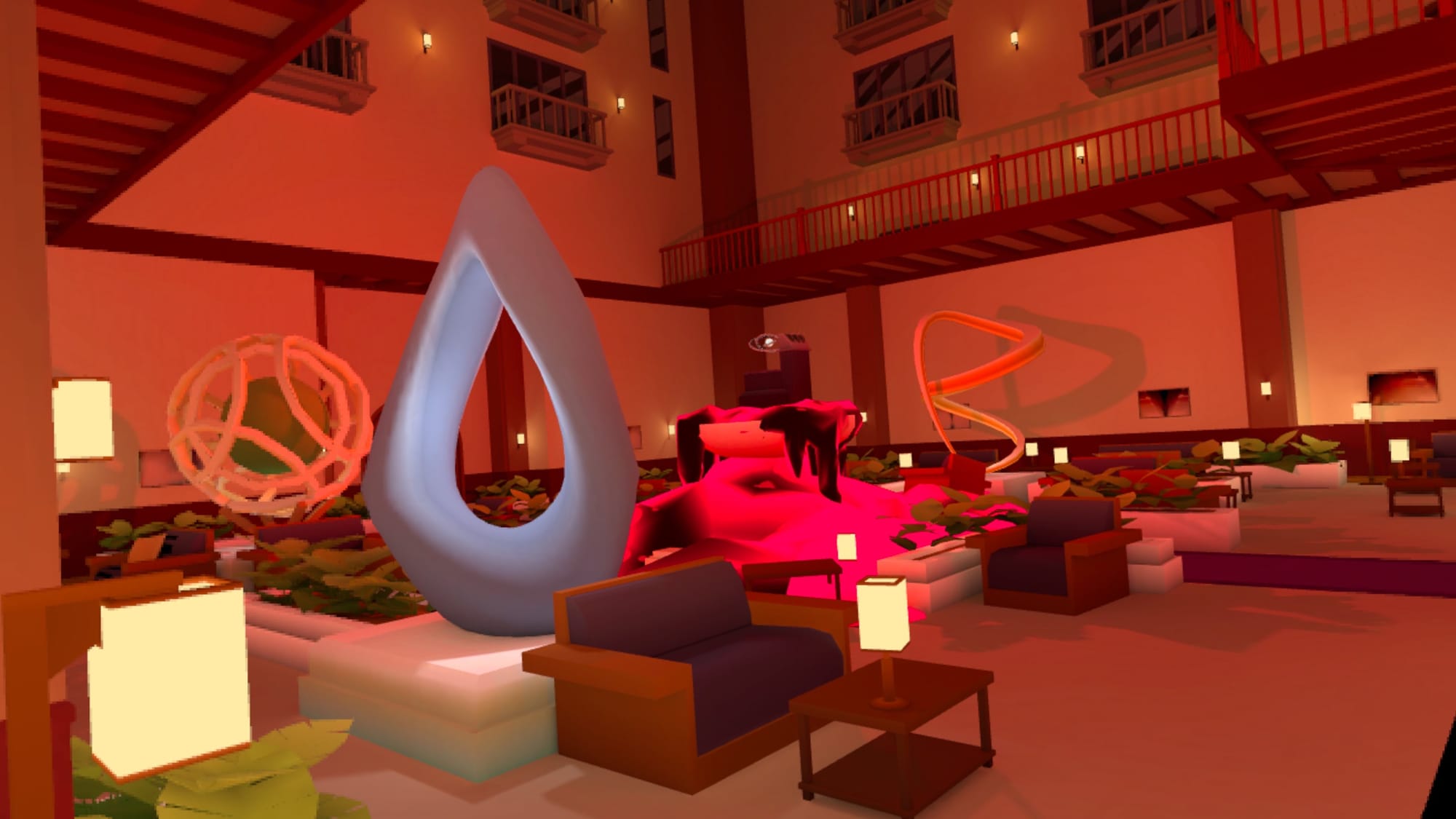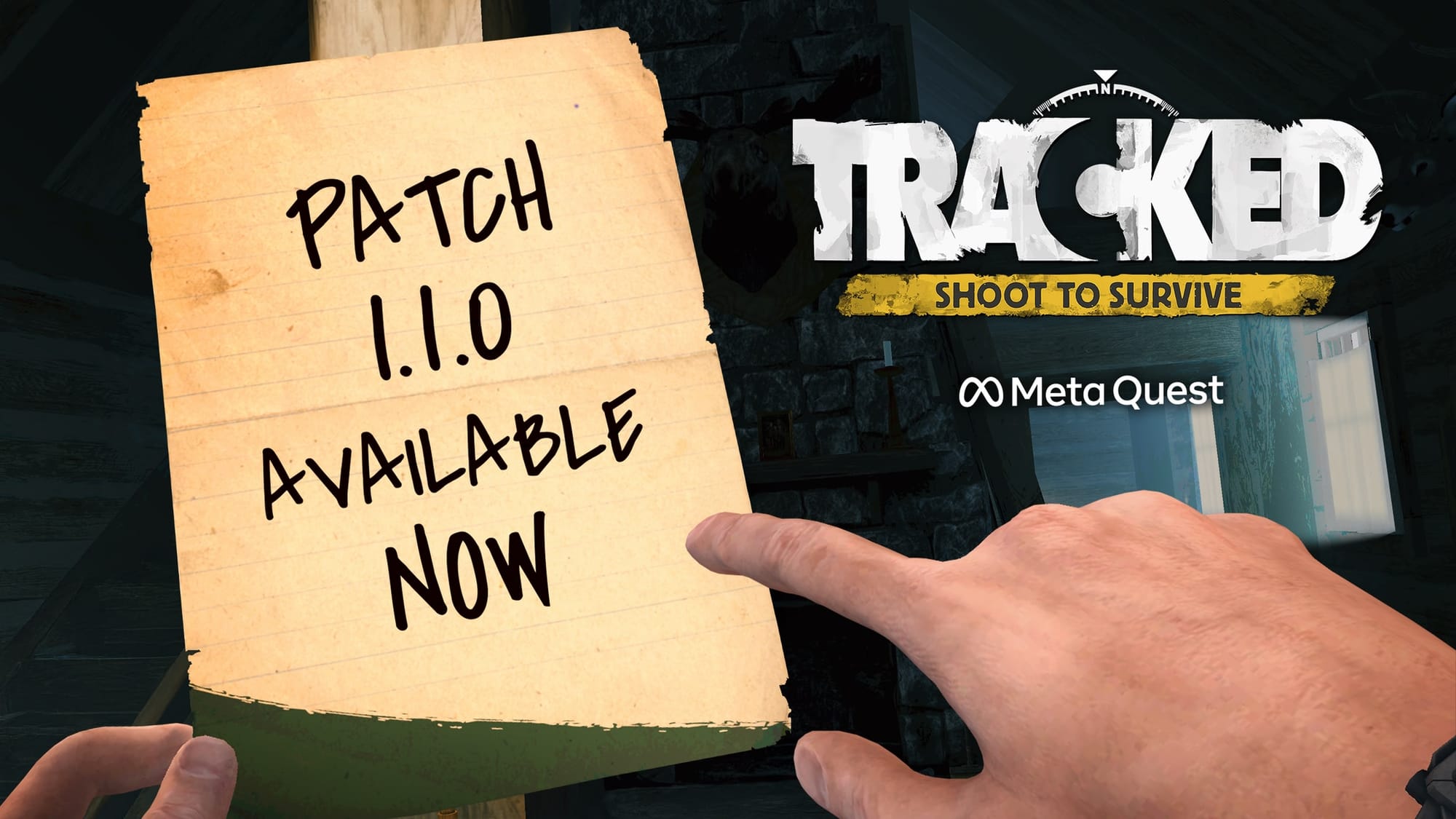MSI has rolled out a huge number of discounts across a wide range of components this week. If you are new to PC gaming and looking to build your first gaming rig, sorting through all of these components can be a bit of a daunting task, so we're here to make that process easy for you with a list of PC builds to suit different budgets, giving you a great starting point for your Black Friday shopping list.
Build 1 – Powerful AAA gaming for £1000:

The Case:
The right PC case is the foundation of any PC build. The space afforded to you on the interior can dictate future upgrades and the amount of cooling supported will also have an impact on component selection. MSI has a great starting point here with the MAG PANO 100L PZ, available in both black and white colour options for £99.99 during the current sales. This case supports full-size ATX motherboards, with room for a 360mm liquid cooling radiator in the roof, side or bottom of the case. It also has a 270-degree panoramic tempered glass panel, so when your build is finished, you can marvel at your craftsmanship from multiple angles.
The Motherboard:
If you are looking to go with an AMD Ryzen processor, then you can pair this with a MAG B650 TOMAHAWK WIFI motherboard, which supports Ryzen 7000, Ryzen 8000 and Ryzen 9000 series desktop processors. It has a WiFi module built-in, so you'll be able to get connected to the internet as soon as your build is ready, without the need for any additional gear such as dongles. It also has a premium heatsink design for efficient M.2 SSD cooling, and support for fast DDR5 memory (up to 7600MT/s), giving you headroom for future upgrades. During the sale period, this motherboard can be found for £129.99.
For an Intel alternative, you could go with a B860 Gaming Plus WiFi instead, which offers a similar feature set, but with support for Intel Core Ultra desktop processors instead, and support for even faster DDR5 memory (up to 8800MT/s), priced at £169.99.
Pair one of these motherboards with either an Intel Core Ultra 5 or an AMD Ryzen 5 series processor and you'll be well on your way to having a solid gaming machine.
The Cooler:
As the MAG PANO 100L PZ case listed here supports 360mm radiators, we would opt to maximise that space with an MSI MAG CoreLiquid I360 AIO cooler, discounted to £89.99 during the Black Friday sales period. This should be plenty of cooling capacity to reign in the CPUs we suggested above, but it will also give you headroom for future upgrades, so if you decide to jump up a tier to a Core Ultra 7 or Ryzen 7 processor in the future, you won't have to re-invest in a new cooler.
The Graphics Card:
The graphics card is the heart of any gaming PC and is where the bulk of your gaming performance will come from. As this is a more cost-conscious build, we would recommend going for the MSI RTX 5060 Gaming OC, which is currently down to £289.99 during the sales period. This graphics card will pack plenty of punch for 1080p gaming and in titles that support DLSS 4, you'll be able to supercharge your frame rates with Multi-Frame Generation, allowing you to fully maximise your monitor's refresh rate, even in blockbuster AAA titles.
The Power Supply:
While this will make for a powerful 1080p gaming system, you won't need a massive amount of power to get it up and running. You could get away with a 650W power supply here like the MAG A650BN (£47.99), but we would opt for a 750W model like the MAG A750GL PCIE5 (£59.99) to give you some extra headroom if you ever want to upgrade to a higher-tier GPU like an RTX 5060 Ti or RTX 5070.
The Cost:
Pricing all of this up, you can get all of the MSI components listed here for a total of £639.95 (AMD) or £679.95 (Intel) during the promotional period. An Intel Core Ultra 5 245 or AMD Ryzen 5 9600X will cost you around £200 at the moment, and you'll also need some DDR5 memory, we'd suggest a 32GB kit, which can be found for around the £130 mark if you forgo RGB lighting. You will also want to add in at least a PCIe 4 M.2 SSD for current-gen games, which will add a further £70 to the build cost for a 1TB model.
Adding on those extras brings the total build cost up to just over £1000. The end result is a well-rounded gaming PC that will far outperform a current-gen console, with headroom for future upgrades later down the line.
Build 2 – The Project Zero build
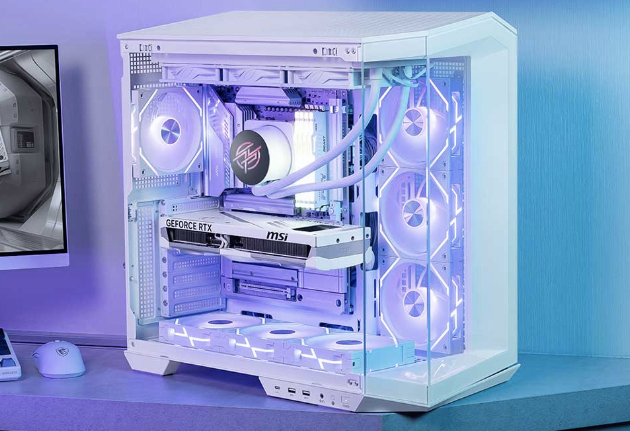
The Case:
For this build we are going for a more compact Micro-ATX system, centred around the new Back-Connect motherboards like the MSI Project Zero, allowing you to put together a system with minimal cables visible at the front of the case. The chassis of choice this time is the MAG PANO M100R PZ, which despite its compact size, still has room for a 360mm AIO liquid cooler and as many as ten 120mm case fans to aid with airflow. It also has a 270-degree panoramic tempered glass window to show off your near cable-free build, all for £74.99 during the sale.
The Motherboard:
As this is a Micro-ATX build, we will naturally be opting for an M-ATX motherboard here, specifically, the MSI B650M Project Zero. This is an AMD motherboard, supporting Ryzen 7000, 8000 and 9000 series desktop processors, DDR5 memory up to 7600MT/s and with lots of heatsinks covering most of the bare PCB area, creating a cohesive look all around.
Project Zero in this instance means Back-Connect power sockets, so you'll run all of your power cables and plug them in at the back of the motherboard, allowing you to hide all of your cables behind the motherboard tray. The only cable you'll need to route around the front is your graphics card cable.
The MSI B650M Project Zero motherboard is on sale for £199.99.
The Cooler:
As this case can support a 360mm AIO cooler in the roof, we will maximise our cooling with a MAG CORELIQUID i360 cooler, filling up the space nicely. This cooler embraces the philosophy of simplicity with its clean lines, which fits well in a Project Zero build. Currently, this cooler can be found for £89.
The Graphics Card:
This time around we are making the jump up from an RTX 5060 to an RTX 5060 Ti 16GB graphics card. The extra VRAM will help you out if you are running games at higher resolutions, and the extra power afforded by the Ti variant will get you comfortably into QHD gaming territory.
During the Black Friday sale, MSI's RTX 5060 Ti 16G Ventus 3X OC graphics card can be found for £429.99.
The Power Supply:
For the PSU, we'll go with the same MAG A750GL PCIE5 featured in the previous build. This offers plenty of headroom if you'd prefer to go with a Ryzen 7 CPU over a Ryzen 5 model, and you'll have plenty of power left for things like extra fans and storage drives. As noted earlier, this power supply can be found for £59.99 during the sale.
The Cost:
The total cost of the MSI components here comes to £824.95. Add on £200 for a Ryzen 5 9600X, £130 for 32GB of non-RGB DDR5 memory and £120 for a 2TB PCIe 4 M.2 SSD and we have a total build cost of £1,274.95, a reasonable price considering the upgrades made here compared to the £1000 build.
Build 3 – High-end 4K gaming rig

The Case:
With this build, we are moving up a performance tier, so we've opted for the MSI MPG VELOX 300R AIRFLOW PZ instead. This case supports dual 360mm radiators, so if you ever want to make the jump to liquid cooling for both your CPU and GPU, you'll have room to do so. This case also supports larger E-ATX sized motherboards and comes with two large 160mm dual-layer blade fans behind the mesh front panel, bringing lots of cool air into your system to battle the heat generated by high-end components.
The MSI MPG VELOX 300R AIRFLOW PZ is currently on sale for £99.99.
The Motherboard:
The AMD option for this build is the MSI MAG B850 TOMAHAWK MAX WIFI, which supports Ryzen 7000, 8000 and 9000 series desktop processors, and DDR5 memory up to 8400MT/s. This board stands out thanks to its 14+2+1 Duet Rail Power System, making it a good choice for those who want to squeeze out some extra CPU performance through overclocking. Currently during the sales period, this motherboard can be found for £229.99.
If you are looking to build your PC around an Intel processor, then the MSI MAG Z890 TOMAHAWK WIFI is our choice here. This motherboard supports the latest generation Intel Core Ultra desktop processors and DDR5 memory with speeds up to 9200MT/s. It has a 16+1+1+1 Duet Rail Power System and is built to last using server-grade materials. This motherboard can currently be found for £239.99.
As this system falls into the higher-end tier of gaming PCs, we would recommend going with a Ryzen 7 9800X for an AMD-based system, or an Intel Core Ultra 7 265K, both of which can be found for under £300.
The Cooler:
For this system, we are going with the MAG CORELIQUID I360 AIO cooler. This cooler comes with enhanced aesthetics thanks to its dual-sided infinity mirror on the CPU block, and the cooler comes with a fan cable management cover so you can hide your cables and keep the system looking clutter-free. The fans are equipped with LDB bearings, improving the total lifespan and keeping operation stable.
The included mounting hardware supports both current-gen Intel and AMD sockets, so you won't have to worry if you ever decide to make the move from one CPU vendor to the other. This cooler should also be perfectly capable of transitioning with you through future CPU upgrades. Currently, it is discounted to £89.99.
The Graphics Card:
For this system, we want to make sure it is capable for high refresh rate QHD (1440p) gaming, so we've opted for the MSI RTX 5070 Ti 16G EXPERT OC, which is currently down to £799.99. If you prefer the look of the MSI Gaming TRIO cooler, then the MSI RTX 5070 Ti Gaming TRIO OC is also on sale for £849.99.
With an RTX 5070 Ti, you'll have plenty of VRAM for high-resolution gaming and as we've seen in our previous reviews, this GPU is more than capable at both 1440p and 4K resolutions, even when turning on performance-hitting effects like ray-tracing. With DLSS 4 Multi-Frame Generation, you can supercharge frame rates even further to enable 120Hz-240Hz gaming in supported AAA titles.
The Power Supply:
As this is a more powerful system with plenty of capability for overclocking, we will also need a higher capacity power supply. Based on the suggested CPUs, paired with an RTX 5070 Ti, you'll need at least an 850W unit, but that won't leave much headroom if you decide to upgrade to something like an RTX 5080 later on. As a result, we are opting for the MSI MPG A1000G PCIE5 power supply for this build. With 1000W of power, you'll have plenty of headroom for overclocking your CPU and GPU, and you won't have to swap out the PSU if you later decide to move up to a higher tier GPU.
Currently the MSI MAG A1000GLS PCIE5 PSU can be found for £129.99.
The Cost:
Pricing all of this up, you can get all of the MSI components listed here for £1,399.95 for the AMD motherboard variant, or £1,409.95 for the Intel motherboard version. Add on an extra £300 for your CPU, £150 for some RGB-lit DDR5 memory and £120 for a high-speed 2TB M.2 SSD and we're looking at a total build cost just under £2000, less than the price of a single RTX 5090.
If you have a bit more money on-hand, then you can upgrade the RTX 5070 Ti to an MSI RTX 5080 Gaming Trio OC for £999 during the current sale.
If you do opt for an MSI build, then you'll also be eligible to take part in several promotions. Many of the products listed here are part of the MSI Shout Out campaign, which you can participate in to earn up to £35 in Steam credit. The ‘Empower your Final Quest‘ promotion is also running concurrently, offering additional opportunities to obtain free Steam codes from your purchase. With the next Steam sale just around the corner, now is a good time to have some spare Steam credit handy to boost your library.
If you need a gaming monitor to go with your new system, then MSI also has a ton of discounts there too, including massive price cuts on their best OLED displays.
You can find all of MSI's Black Friday deals and promotions, HERE.
KitGuru Says: Are you planning on picking up some new hardware during the Black Friday sales this month?
The post
From Budget to Beast: PC Builds Using MSI Black Friday Deals first appeared on
KitGuru.
 Aoostar released an updated teaser image of its AMD Ryzen Strix Halo-powered mini PC, the Aoostar Nex395, with a much different design than the original. The new design looks much smoother and more streamlined, whereas the former had sharper edges and a darker color scheme.
The new teaser image (originally spotted by @realVictor_M on X/Twitter),
Aoostar released an updated teaser image of its AMD Ryzen Strix Halo-powered mini PC, the Aoostar Nex395, with a much different design than the original. The new design looks much smoother and more streamlined, whereas the former had sharper edges and a darker color scheme.
The new teaser image (originally spotted by @realVictor_M on X/Twitter), 


